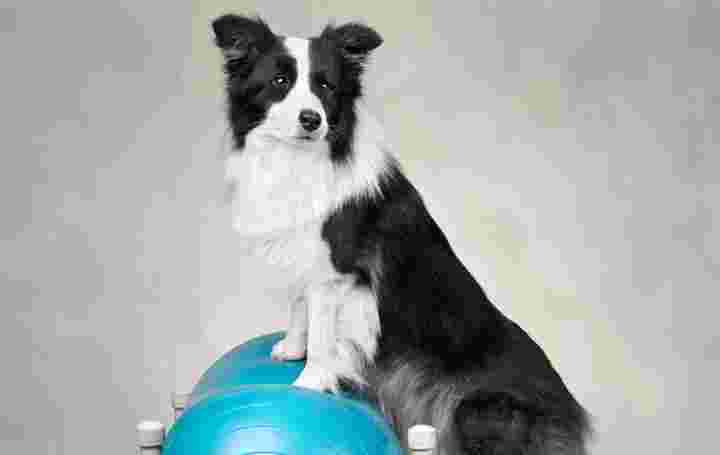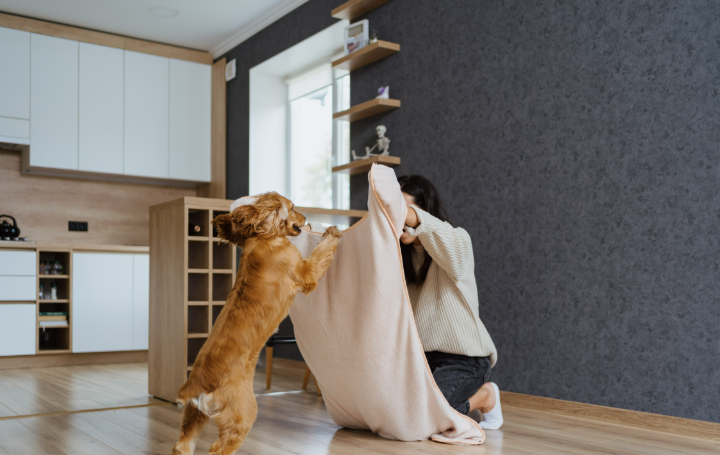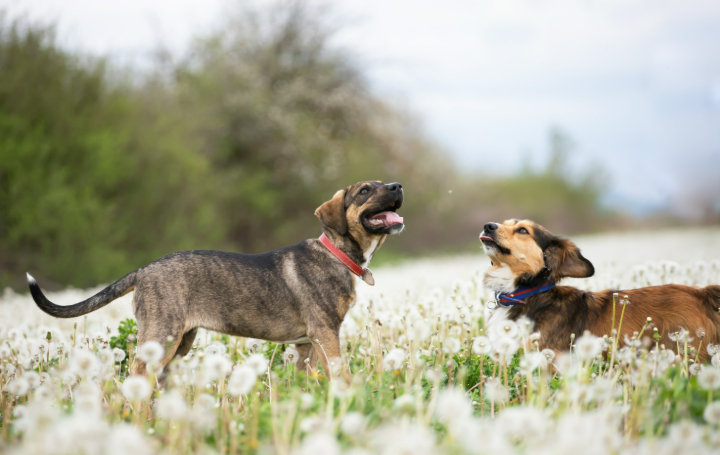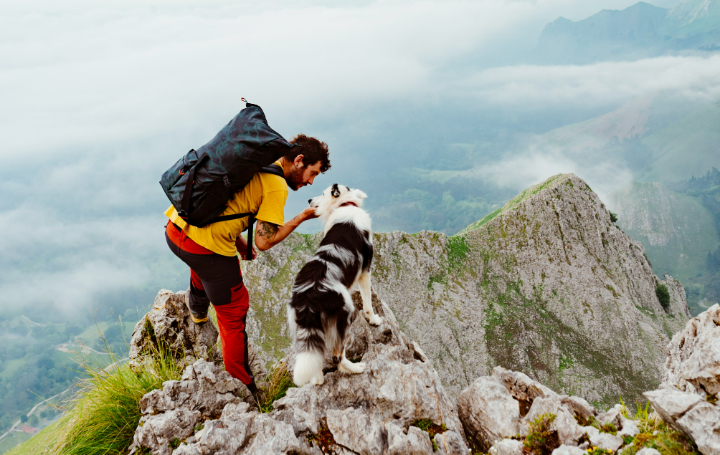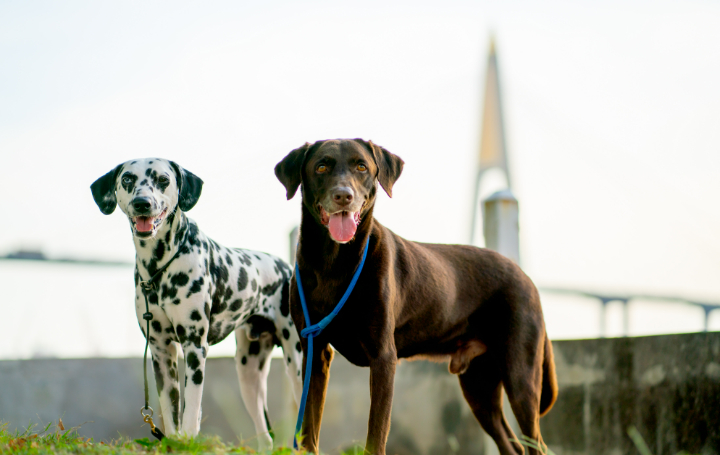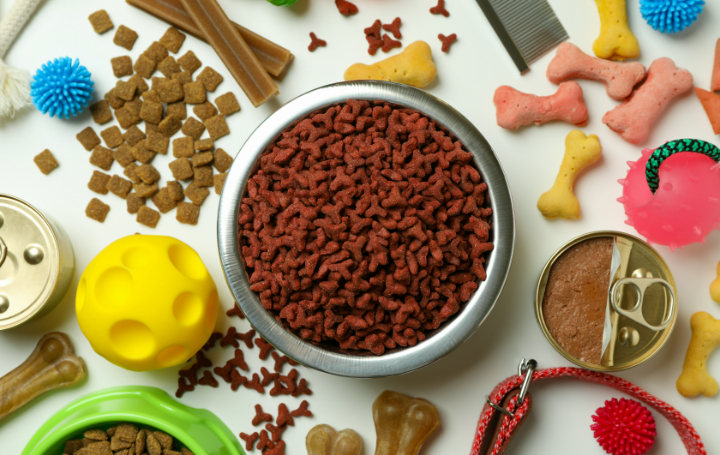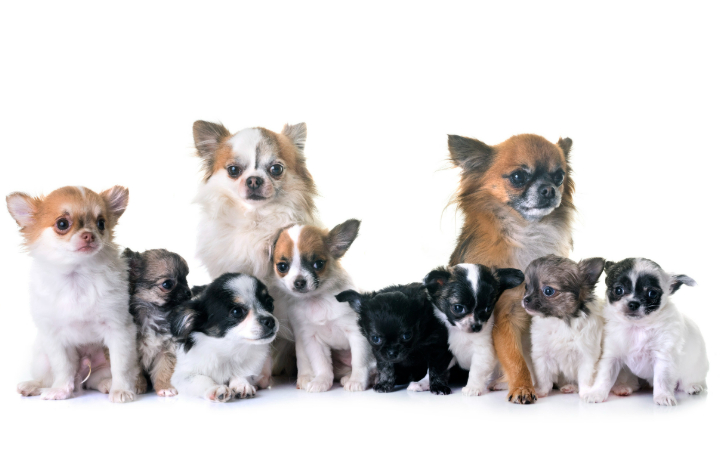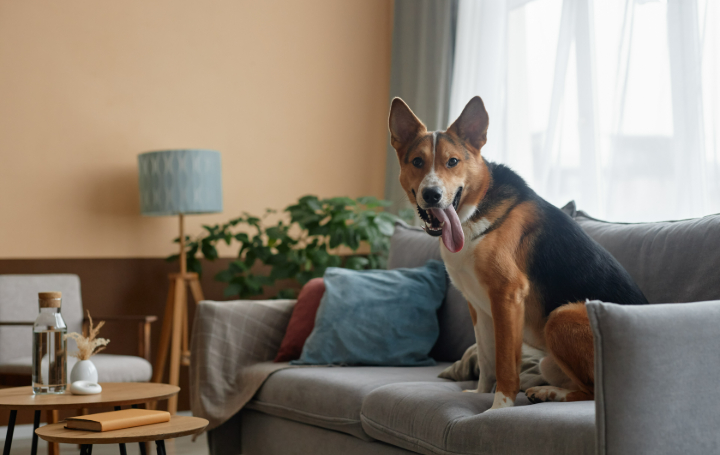How to Create a Routine for Your Dog: Structure and Stability
Dogs thrive on routine. Just like us, they feel secure and happy when they know what to expect each day. Establishing a consistent schedule for your furry friend can help reduce anxiety, improve behavior, and strengthen your bond. Plus, it makes life easier for you too! Here’s a fun and easy guide to help you create the perfect routine for your dog.
Why Routines Matter for Dogs
Imagine waking up every day not knowing when you’ll eat, play, or go outside. Sounds stressful, right? Dogs feel the same way. A predictable routine gives them a sense of security and reduces stress. It can also help with training, as dogs are more likely to learn and follow commands when their world is structured.
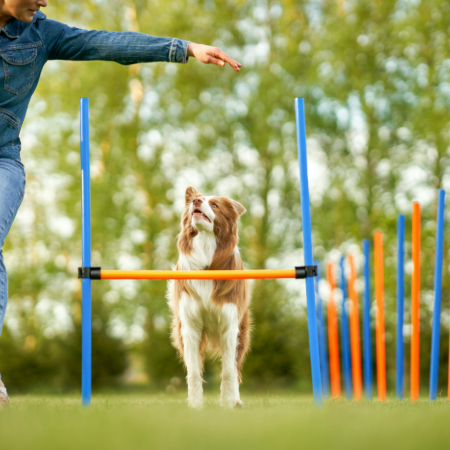
Routines are especially important for puppies, rescue dogs, and older dogs. Puppies need consistency to learn good habits, rescue dogs benefit from knowing they’re in a safe environment, and older dogs find comfort in predictability as their senses and mobility decline.
Step 1: Wake-Up Time
Dogs are early risers by nature, so pick a wake-up time that works for both of you. Whether it’s 6 AM or 8 AM, try to stick to it every day, yes, even on weekends! When your dog knows what time the day starts, it sets the tone for everything else.
Tip: Start the morning with a cheerful greeting and a quick potty break. This helps your dog release any overnight energy and prevents accidents inside.
Step 2: Meal Schedule
Dogs love food, and knowing when they’ll be fed is a big deal for them. Most dogs do well with two meals a day: one in the morning and one in the evening.
Here’s a simple example:
- Breakfast: Right after the morning potty break.
- Dinner: Around 6-7 PM, depending on your schedule.
Tip: Use mealtimes as training opportunities. Ask your dog to sit, stay, or perform a trick before placing their bowl down. It’s a great way to reinforce good behavior.
Step 3: Walks and Potty Breaks
Dogs need regular potty breaks and exercise to stay healthy and happy. How often you take your dog out depends on their age, breed, and activity level. A good rule of thumb is:
- Morning Walk: A brisk 20-30 minute walk after breakfast.
- Midday Potty Break: Especially important for puppies or if you’re home during the day.
- Evening Walk: A slower, relaxing walk before dinner.
- Bedtime Potty Break: A quick trip outside to avoid any nighttime accidents.
Tip: Mix up the routes for your walks occasionally. New smells and sights keep your dog’s mind stimulated and make walks more exciting.
Step 4: Playtime and Mental Stimulation
Playtime isn’t just about burning energy, it’s also a great way to bond and keep your dog’s mind sharp. Incorporate play into your daily routine, even if it’s just for 15-20 minutes.
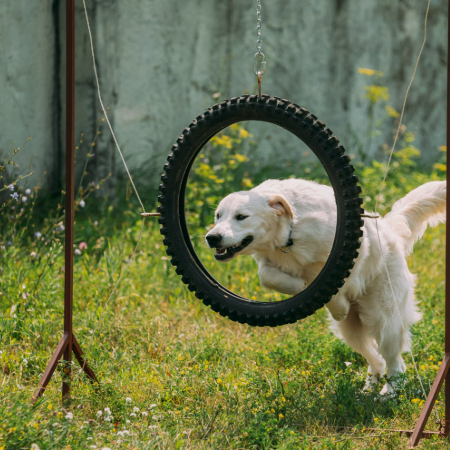
Some fun options include:
- Fetch: A classic game that never gets old.
- Tug-of-War: Great for physical and mental engagement.
- Puzzle Toys: Perfect for when you’re busy but want to keep your dog entertained.
- Training Games: Teach your dog new tricks or practice obedience commands.
Tip: Rotate toys every few days to keep things fresh and exciting.
Step 5: Quiet Time
Just like humans, dogs need downtime to relax and recharge. This could be napping in their favorite spot or lounging by your side while you watch TV. Make sure your dog has a comfortable place to rest where they feel safe.
Tip: Use a cue like “Go to bed” or “Relax” to let your dog know it’s quiet time. Over time, they’ll learn to settle down on command.
Step 6: Evening Bonding
Evenings are a great time to wind down together. Whether it’s a cuddle session on the couch, grooming, or a gentle massage, this is your chance to show your dog how much they’re loved.
Tip: Regular grooming isn’t just good for their coat—it’s also a bonding experience that helps you check for any unusual lumps or bumps.
Step 7: Bedtime Routine
End the day with consistency. Take your dog out for a final potty break, then guide them to their sleeping spot. Some dogs like sleeping in a crate, others prefer a dog bed, and some may even snuggle up with you. Whatever the choice, stick to it.
Tip: If your dog has trouble settling down, try playing calming music or using a lavender-scented dog spray to create a relaxing atmosphere.
Adapting to Your Dog’s Needs
Every dog is unique, so it’s important to tailor the routine to your pup’s needs. For example:
- Puppies: Need more frequent potty breaks and shorter play sessions.
- Senior Dogs: May need slower walks and more naps.
- High-Energy Breeds: Might require extra exercise and mental stimulation.
Pay attention to your dog’s behavior. If they’re restless, they might need more activity. If they seem overly tired, scale things back.
Sticking to the Routine
Consistency is key, but life happens! If you need to adjust your dog’s schedule temporarily, try to make the changes gradual. Dogs are adaptable, but sudden shifts can be confusing.
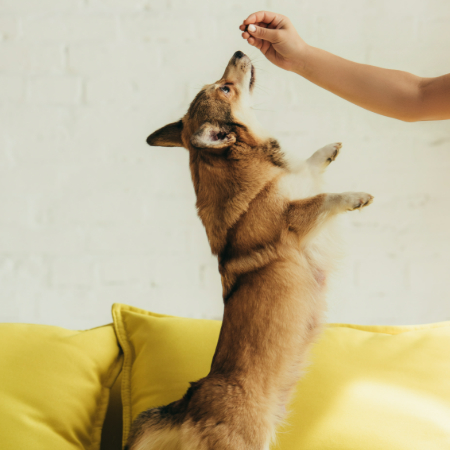
Tip: If you’re going to be away for a day, leave clear instructions for whoever is watching your dog to maintain the routine as closely as possible.
Final Thoughts
Creating a routine for your dog isn’t just about structure, it’s about creating a life filled with love, fun, and stability. When your dog knows what to expect, they’re happier, healthier, and more connected to you. So grab a calendar, plan your pup’s perfect day, and enjoy the wagging tails and wet-nosed kisses that come with it!
Doglime for more dog-related information.
Tags
